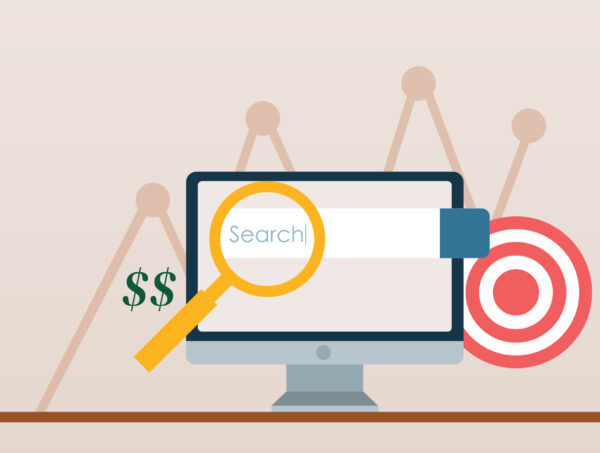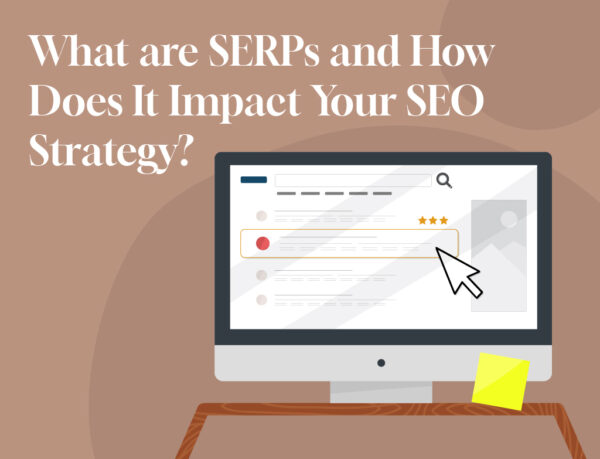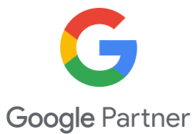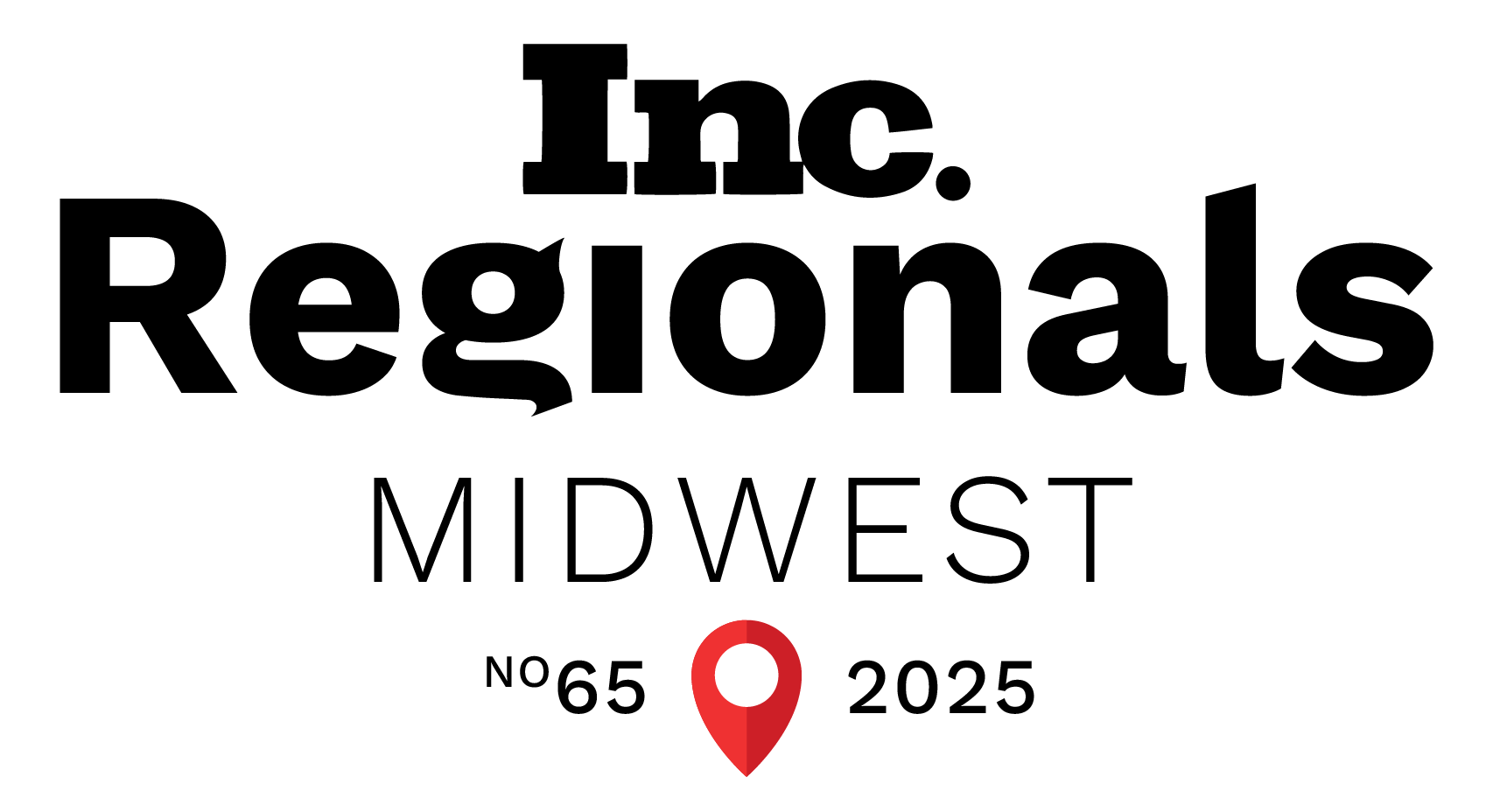Your Guide to Website Accessibility: ADA Compliance for Websites

In This Article
Accessibility matters. Not just for physical places like homes and businesses but also for digital experiences.
We don’t have to make a case in favor of architectural features like ramps. We all know how essential they are for safety and accessibility. But we do need to have more conversations about website accessibility.
We mention ramps because they teach us a lesson. When we go about our lives without limited mobility, we might never see the challenges someone in a wheelchair might face to accomplish everyday tasks, such as going to the bank.
People with limited mobility deserve accommodations that make it easier to go through their day. But what most people need to realize is that the internet should be the same. It’s how people access information, services, and entertainment. And it’s more than just a place to find things; it’s our global platform for communication.
Website accessibility refers to designing and developing websites everyone can use and understand, including those with visual, auditory, cognitive, and motor impairments.
In this blog, we will explore ADA compliance on websites, delve into the meaning of being ADA and WCAG-compliant, and discuss how to implement some of the principles on your website. By understanding these guidelines, you can ensure your website is accessible to everyone, regardless of their abilities.
ADA’s Role in Website Accessibility
The Americans with Disabilities Act, or ADA, is a civil rights law that aims to end discrimination against individuals with disabilities across all areas of life, including work, transportation, public spaces, communications, and access to government programs and services.
Although the original ADA text doesn’t mention websites, legal experts and courts have since expanded the legislation’s scope to include digital accessibility. That means it’s up to businesses and organizations to ensure their websites, apps, and other digital content are user-friendly for individuals with disabilities.
Title III of the ADA covers public accommodations and commercial facilities, and it is a significant player in shaping the legal ins and outs of website accessibility. Under Title III, businesses and organizations must make “reasonable modifications” to their policies, practices, and procedures to accommodate people with disabilities. When it comes to websites, this usually means sticking to established web accessibility standards, like the Web Content Accessibility Guidelines (WCAG).
Ignoring the ADA can lead to a slew of legal problems, including lawsuits, fines, and a serious blow to a business’s reputation.
In 2021, more than 2,352 lawsuits in federal courts claimed websites violated Title III. Even more interesting is that 300 of those websites were using a third-party accessibility overlay tool, which means there isn’t an easy button for accessibility. It must be incorporated into your website from the ground up.
That’s why companies must put accessibility front and center in their digital strategies and ensure their websites and apps align with the ADA and WCAG guidelines.
WCAG: Your Key to ADA Compliance and Inclusive Web Design
WCAG is a globally recognized guideline designed to make web content more accessible to people with disabilities. Following these guidelines will create a more inclusive digital experience and boost your chances of staying ADA-compliant.
The World Wide Web Consortium (W3C), the web’s leading international standards organization, develops and maintains these guidelines. You can explore WCAG on their website, where they explain everything you need to know.
WCAG evolves to keep up with the ever-changing digital landscape. The guidelines are organized into different versions. The latest version is WCAG 2.2. Each version is built upon the previous one, adding new recommendations and refining existing ones.
As for the nitty-gritty, WCAG is built around four guiding principles. Each principle has multiple guidelines with various levels (A-AAA) of success criteria depending on the complexity and priority of accessibility needs.
These principles are:
- Perceivable: Make sure your content is visible and usable by everyone, regardless of their sensory abilities.
- Operable: Create a website that’s easy to navigate and interact with, regardless of input method.
- Understandable: Keep your content clear, concise, and easy to comprehend for users with varying cognitive abilities.
- Robust: Design your site to work seamlessly with various assistive technologies and devices.
By embracing these principles and diving into the guidelines provided by WCAG, you’ll be well on your way to building a website that’s not only ADA-compliant but also truly inclusive for everyone.
WCAG Success Level Criteria
To consider web content accessible, it must meet the most basic requirements known as Level A success criteria. Some users require these criteria to access the content, and failing to meet them can render the website impossible to use for those people.
Some examples of Level A success criteria include providing alternative text for non-text content, ensuring content is available without color, and providing clear headings and labels.
Level AA success criteria address more advanced accessibility issues and build on the Level A criteria. Meeting these criteria can significantly enhance a website’s accessibility.
Examples of Level AA success criteria include providing captions for videos, ensuring that content can be navigated with a keyboard, and providing a mechanism to pause, stop, or hide moving, blinking, or scrolling content.
Level AAA success criteria comprise the most advanced accessibility features and represent the highest compliance level. Meeting these criteria makes web content accessible to the broadest possible users.
Examples of Level AAA success criteria include providing sign language interpretation for pre-recorded audio content, content that can be easily understood by people with cognitive disabilities, and text alternatives for live audio-only content.
Each success criterion is assigned a level based on its impact on accessibility, and not all criteria are relevant for every website.
Did You Know? You can earn free money for making ADA updates! If you invest in making your website ADA-compliant, your business can apply for tax credits.
How to Make a Website ADA Compliant
We know we need to make websites more accessible, but what does that mean for web designers and marketers? How do we take action on these guidelines? We’ve outlined several strategies you can implement on your website to improve its accessibility.
Alt Text For Images
Start by ensuring every non-decorative image on your website has appropriate alt text. Why is alt text an accessibility concern? Screen readers will read aloud the alt text for visually-impaired visitors. Also, if your image fails to load, alt text will help readers understand what image should be there.
Alt text, or alternative text, must describe the content of an image and provide information about it. Sometimes web designers or marketers might instead copy and paste the image title. That’s good enough, right?
Nope! Titles, file names, and captions provide additional context to an image but are not always descriptive enough to be considered adequate alt text. So what should you do instead?
The best alt text is concise, accurate, relevant, specific, and meaningful. Let’s look at some examples.
Suppose you have a restaurant, and your menu showcases this image of a burrito next to the item’s description. What should the alt text be?

Option 1: Burrito
Option 2: Menu Item #2
Option 3: Menu Item #2: A chicken and rice burrito in a wheat tortilla served with rice and beans.
Answer: Option 3 – It’s concise, accurate, relevant, specific, and meaningful.
What happens on many websites (because out of sight is out of mind) is we upload the image, and the alt text is the image file name, like “JPG.131216546.” Imagine trying to browse the website, hovering over an image, and hearing a bunch of letters and numbers with no context—not helpful.
What if you need to provide additional information, like the ingredients, but it makes the alt text too long? You can use captions and image descriptions to add more context to an image if alt text isn’t sufficient for someone visually impaired to obtain the information.
Color Isn’t the Only Method to Convey Information
Users who are color blind or have low vision will struggle to navigate a website when color is the primary driver of information.
For example, when you hover or click buttons, they change color (like a submit button). Some users might find it challenging to know if they’ve completed the task. Instead, when a user clicks the submit button, web designers can make the button disabled or provide a message that says, “Form submitted successfully” or “Action completed.”
By using alternative visual cues or additional text to convey information, website designers can improve website accessibility and ensure all users can access the same information and complete tasks on the website.
Provide Captions and Transcripts for Videos and Audio-Only Content
Captions and transcripts ensure that users who are deaf or hard of hearing can fully engage with multimedia content. By offering alternative means of communication, content creators and platforms can promote inclusivity.
Captions are the text version of the audio content synchronized with the video. They include spoken dialogue and identify speakers and convey essential non-verbal audio cues, such as sound effects or background music. Transcripts are written records of a video’s audio content, but they are not synchronized and are typically presented as separate text documents.
Help Users Navigate Content Without a Mouse
Some users might be unable to use a mouse or other pointer devices, so they rely on their keyboard to navigate the website.
Ensure all interactive elements, such as links, buttons, and forms, are accessible and operable using only the keyboard. The tab key should move users through these elements logically, while the enter or spacebar key activates the selected feature. Additionally, provide visual indicators (focus outlines) to show the selected part.
Include “skip to main content” or “skip navigation” links at the beginning of each page. This feature enables keyboard users to bypass repetitive elements, like menus and headers, and directly access the page’s main content.
You can also use ARIA (Accessible Rich Internet Applications) roles and attributes to provide information about interactive elements, such as buttons, menus, and links, to assistive technologies. This information can include the element’s purpose, state, and properties.
For example, a button may have an ARIA role of “button” and an ARIA label that describes its purpose, such as “Submit the form.” A screen reader reads this information aloud, providing users with a more complete understanding of the content and how to interact with it.
Use Clear and Consistent Headings and Labels
Headings and labels help all users navigate a website efficiently, but it’s especially beneficial to individuals using assistive technologies like screen readers. Additionally, a proper hierarchical structure improves search engine optimization (SEO).
These strategies will help you improve your headings and tags to make your website more accessible:
- Organize content using a hierarchical structure, starting with the main heading (H1) and followed by subheadings (H2, H3, etc.) that accurately represent the content’s organization. This structure helps users understand the relationships between different sections and simplifies navigation.
- Maintain consistency in the style, formatting, and terminology used for headings and labels throughout the website. Consistency helps users form accurate mental models of the site’s structure and quickly locate information.
- Ensure that labels for links, buttons, and form fields accurately describe the associated action or content. Users can interact with these elements easily when there are descriptive labels.
- Employ visual design elements, such as typography, color, and spacing, to emphasize the hierarchy of headings and allow users to easily scan and understand the content.
Provide Descriptive Link Text
Utilizing descriptive link text is another strategy that improves accessibility and SEO. Descriptive link text is the clickable text in a link (or hyperlink) that describes where the user will be taken when they click on it.
Link text should avoid generic terms like “click here” and use words that accurately reflect the content of the page it links to. This helps users understand where they will go before clicking on the link. Additionally, including keywords in links to internal pages can improve your website’s SEO and search engine rankings.
You can also design links visually distinct from the surrounding content, using color, underlining, or bold text. This helps users quickly identify links and improves overall usability.
Sometimes when someone uses a screen reader, the links are separate from the surrounding context. To improve their experience, the link should make sense and provide sufficient information if it’s isolated from the rest of the page. Finally, refrain from using URLs as link text. They are often challenging to understand and visually overwhelming.
Ensure a Website’s Compatibility With Different Browsers
With an ever-growing number of devices—including desktops, laptops, tablets, and smartphones—each featuring unique screen sizes and operating systems, compatibility is more important than ever.
By prioritizing compatibility across browsers and devices, you can build a more inclusive and accessible website design. This approach retains current users and attracts new ones by delivering a smooth user experience, no matter the device used to access your website.
Additionally, ensure your website is compatible with various assistive technologies, including screen readers, speech recognition software, and alternative input devices. When you build your website using the proper semantic markup, ARIA roles and attributes, and accessible design principles, you’ll make it easier for users with disabilities to access.
Tools to Test Website Accessibility

Several tools are available to help you evaluate and improve the accessibility of your website.
- WAVE (Web Accessibility Evaluation Tool) is a free online tool that evaluates your website’s accessibility by highlighting potential issues. It offers an easy-to-understand interface and helps you quickly identify areas of improvement.
- Lighthouse, a Google-developed open-source tool, evaluates website performance, SEO, and accessibility. It can be run in Chrome DevTools or as a browser extension, providing detailed reports and improvement suggestions.
- NVDA (NonVisual Desktop Access) is a free, open-source screen reader for Windows that allows you to experience your website from the perspective of users who rely on screen readers. NVDA allows you to identify issues that may not be apparent in other accessibility tests.
- Accessibility Insights, developed by Microsoft, is a browser extension for Chrome and Edge that helps you identify and fix website accessibility issues. It offers both automated checks and guided manual testing.
- Siteimprove is a paid, all-in-one platform that offers accessibility testing, performance optimization, SEO, and more. Its accessibility module helps you identify and fix issues based on WCAG guidelines.
- If you want to dive into AI-powered ADA compliance tools, check out UserWay or accessiBe.
The Business Perks of Website Accessibility
Still on the fence about making your website accessible? Let’s dive into the incredible business benefits of website accessibility. Spoiler alert: You’ll soon realize it’s a no-brainer to create a more inclusive digital experience!
Increased Audience Reach and User Satisfaction
By making your website more accessible, you’re opening up your digital doors to a whole new world of users. This increases your potential customer base and leads to happier users who’ll appreciate your dedication to creating a seamless experience for everyone.
Improved SEO and Search Engine Rankings
Accessible websites and SEO are like two peas in a pod. Many accessibility best practices, such as descriptive headings and meaningful link text, also help search engines better understand your content. This can give your site a sweet boost in search engine rankings, making it easier for potential customers to find you.
Reduced Legal Risks and Potential Lawsuits
Let’s face it: No one wants to deal with a lawsuit. By ensuring your website is accessible and compliant with guidelines like the ADA and WCAG, you’ll reduce the risk of legal issues related to accessibility. This will save you time and money and also ensure you’re on the right side of the law.
Enhanced Brand Reputation and Social Responsibility
Embracing website accessibility shows the world you’ve committed to inclusivity and social responsibility. This can do wonders for your brand’s reputation, making you stand out as a company that truly cares about its customers. Plus, it sends a powerful message that you’re dedicated to making the web a more inclusive place for everyone.
So there you have it, the incredible business perks of website accessibility. With benefits like these, it’s clear that creating an inclusive digital experience is not just the right thing to do—it’s also smart for business. Now it’s time to start reaping the rewards!

Metric Marketing Can Help You Improve Your Website’s Accessibility
Creating an accessible website is no small task, but Metric Marketing can help. We offer comprehensive accessibility and marketing web design services, including automated testing and manual auditing. Our team of experts will work with you to ensure your site meets the latest WCAG guidelines and provides a positive experience for all users.
Get in touch today to start the journey toward a more accessible website. Call us at (734) 404-8714 or fill out an online contact form. We look forward to hearing from you!
Must-read articles
Looking for something else?
There's so much more
Ready to Inquire?














